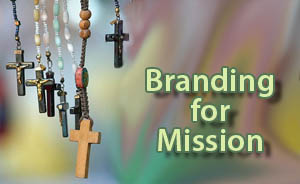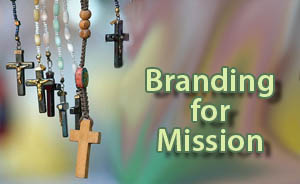Let’s face it. One of the biggest challenges for small churches (and that includes most churches) is meeting the costs of professional leadership. Salaries and perks are the bulk of the budget.
At the first sign of financial distress, what do most churches do? Call a part-time minister.
What is the priority of every part-time solo minister? Preparing for worship and Sunday morning.
Often, that’s about all a small congregation can negotiate from their leaders. It is the frequent source of conflict.
Sunday morning preaching alone does not grow a church, especially when the sermon is delivered to only a few dozen part-time listeners. But the pressure on congregational lay leaders is to grow and transform or else, while all the congregation’s resources are tied up satisfying the salary requirement for a requisite pastor—whether that pastor is helping the congregation grow or not.
This must change.
Education is coming to realize that the responsibilities of teachers are changing. There is no longer any need for thousands of biology teachers working to craft a lecture on photosynthesis when just one expert educator can thoroughly cover the topic online, complete with visuals and links to enhance the lesson. This role can be competitive to ensure quality, but duplication in every school district is no longer necessary. The old model for education, born of pre-Information Age traditions, will soon be obsolete and recalled as quaint.
It is projected that the typical class day will flip. Listening to lectures will be the homework. Class time will be spent with instructors facilitating discussions, problem-solving and projects—what used to be called “homework.”
Similar changes will benefit the Church. Small churches do not have to devote scarce resources to pay theologians to craft a sermon on the same topic as a several thousand other pastors. This model belongs to the ages.
It may once have been necessary when information was harder to come by and many members were illiterate. As the economic model of Church shifted to totally monetary compensation, it has been pricing small churches out of existence. This is a shame. Small faith communities still hold the greatest number of total denominational membership. People like small churches. Soon, only the privileged will be able to afford to live in Christian community. The Church will have defeated its own cause.
Today, we need more pastors and fewer preachers. We need comforters, advisors, peacemakers, innovators, advocates, teachers and leaders. Knowledge of scripture and church teaching is still important in performing these roles. But the expense of dedicating one full salary to every congregation for the primary purpose of filling a Sunday pulpit is imperiling the entire Church.
If small churches are to return to prosperity, they need hands-on pastoring more than expensive preaching. Just as in education, the Church must turn its priorities upside down. Thoughtful preaching can be provided online and delivered by anyone who can speak well. Professional staff will free a day or two for hands-on interaction in the community.
This is already beginning to take shape. Luther Seminary’s online preaching helps (www.workingpreacher.org) is a resource that covers each Sunday’s lessons from the Common Lectionary. Many seminary professors from varying traditions comment on the lessons, helping to free the time of hundreds of pastors. 2×2 fashions both its Daily Devotion and the weekly object lesson from this online discussion.
Meanwhile, online preaching is being honed to an art. The temptation for many preachers is to post their ten-page sermon manuscript on-line. These do not fit the habits of online readers.
Online preaching must conform to the new rhythm of modern life. Pastor Jon Swanson broadcasts a short devotional reading daily and elaborates more fully in his blogs. 7×7 (very short daily devotion) and 300 words a day (a longer—but still short—daily blog lesson). He is growing an enthusiastic following — including 2×2.
All of us pioneers in the social media world have analytics at our fingertips. We can test and hone our skills, using actual data. Pastors preaching in sanctuaries have to guess and wait a week to correct their course.
The role of ministers must change if ministry is to remain affordable to most congregations.
Now would be a good time to start.








